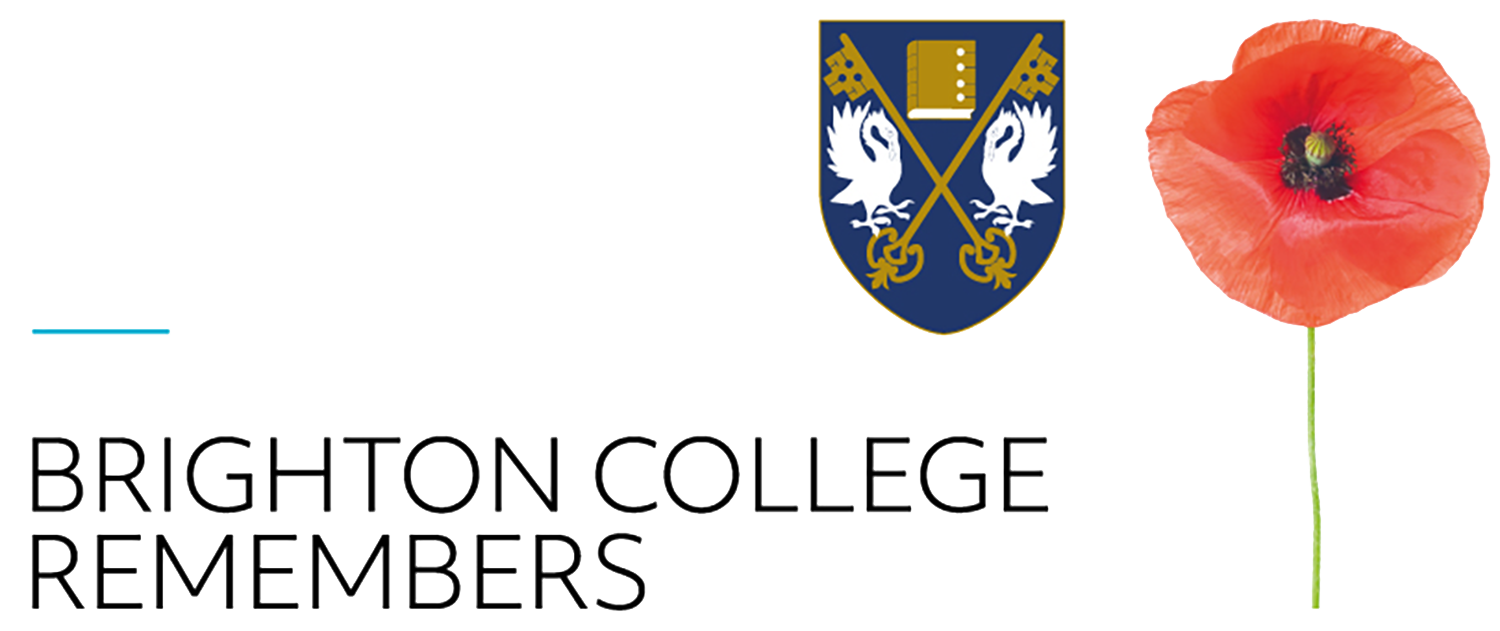Second Lieutenant, Royal Rifle Corps.
Born: July 19th 1893
Died: November 4th 1918
Age at Death: 25
Killed in action, France, November 4th 1918
Son of George E and Alice Oxley.
Brighton War Memorial.
A DONATION TO THE MEMORIAL STATUE HAS BEEN MADE IN HONOUR OF THIS SOLIDER BY AN ABRAHAM HOUSE LEAVER 2016.
Herman Grant Oxley
Herman Grant Oxley was born on 19th July 1893 in Bexley Heath, Kent. His parents were George E Oxley and his wife Alice. Unfortunately the census does not make clear what his father’s profession was but it seems that the Oxleys were certainly fecund because in total he and his wife bore 11 children, a large family even by late Victorian standards. When Herman Oxley was in his early teens it appears that the family moved from Bexley Heath to Hove in Sussex, making Brighton College a natural choice for his education. Oxley was a pupil at the school and a member of School House between 1906 and 1910 before moving to Sunnningdale in Berkshire with his London two brothers aged 17. While living in Sunningdale he became a clerk at Coutts Bank in the Strand.
Although of age Oxley did not rush to join up as soon as war broke out but did join the Inns of Court OTC before receiving a commission in the 16th Battalion, King’s Royal Rifle Corps (KRRC) the in August 1915. On the 15th July 1916 he was severely wounded when that Battalion was involved in fierce fighting at High Wood on the Somme. It appears that following this he spent a period of some months in hospital and on discharge was declared unfit for further service. Very sadly, however, a clerical error meant that he, apparently willingly, was drafted again, this time into the 6th Battalion KRRC.
After taking a Lewis Gun[1] course at Woolwich he returned to active service in France in the Summer of 1918 and participated in the allied advance that Autumn which ended in final victory. On 4th November 1918 Oxley was involved in an action near the Sambre Canal South of Catillon. Oxley and the men under his command were pinned down against a river and he was involved in attempting to get them back across to safety. They were forced to wade or swim across because they could not reach a bridge which was about a mile downstream. It was in this vulnerable position that Oxley was killed doing his duty to his men only a week before the Armistice which ended the war. He was then one of the few who were not members of Highland Regiments to be buried at the Highland Cemetry, Le Cateau, France.
[1] The Lewis Gun was an early light machine gun
Source: LEST WE FORGET PROJECT, Brighton College 2014/15

